Premade Pizza Dough: The Complete Manual for Making Pizza at Home
Pizza Dough to make handmade pizza has a unique quality. It allows you to have a great pizza night with loved ones while removing the stress from the process. The cornerstone of any excellent slice is the dough, and a fantastic pizza begins with the appropriate dough. Knowing the proper methods can help you get the texture you want, whether you prefer a soft, chewy base or a thin, crunchy crust.
I’ve tried a number of different recipes over the years in an attempt to make the ideal pizza. I’ve discovered that the manner you work with and prepare your dough has a significant impact. You can roll it out for a thin, crunchy crust or let it rise longer for a better texture. While some people want their pizza baked in a conventional oven, others prefer it grilled or, for a unique twist, air-fried. Whatever your taste, you may maximize your homemade pizza-making experience by using the appropriate guide and professional advice.
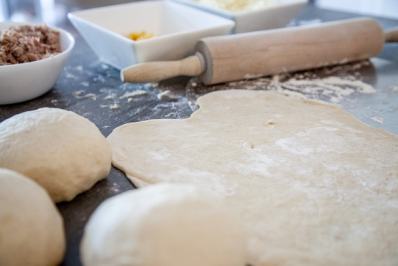
Why Make Your Own Pizza Dough?
Making their own dough allows them complete control over the taste and texture of their pizza, which is why many people adore doing it. With homemade dough, there are countless options to choose from, including loaded calzones, soft rustic rounds, and crispy thin crusts. You may create the ideal foundation for your preferred toppings by experimenting with different designs, which is also a lot of fun.
In addition to the satisfaction of making something from scratch, homemade pizza dough is reasonably priced. Although store-bought dough can be costly, you can always make your own dough whenever you need it with a little planning. Additionally, it may be used for more than just pizza; try making breadsticks, dessert flatbreads, or garlic knots with it!
Don’t panic if this is your first time making your own dough. With a little experience, you’ll discover that the art of baking pizza is easier than it first appears. Nothing compares to the gratification of knowing your dough was prepared with care, whether you’re cooking supper for yourself or entertaining.
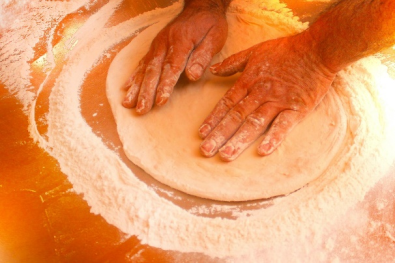
Essential Ingredients
The key to creating the ideal premade pizza dough is using the correct ingredients. The type of flour you use determines the dough’s texture and structure; bread flour gives it a strong, chewy base, but all-purpose flour also works well for a softer feel. Adding whole wheat or spelt flour can be a great way to add a richer flavor. Yeast plays a key role in the dough’s rise and development of those light air bubbles; both active dry yeast and instant yeast aid in activation, but the latter works more quickly. Warm water is necessary to get the yeast active, which promotes proper fermentation.
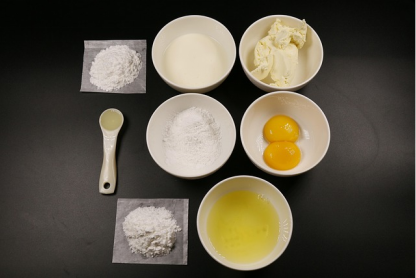
Some people add a small amount of vinegar to enhance the texture of the dough for an added touch of originality. Seasonings such as dried basil, garlic powder, or Italian seasoning can improve the overall flavor profile and enhance the final pizza’s flavor. These extra ingredients significantly improve the dough’s quality and taste before it is even baked.
3: How to Proof Your Yeast
You must activate the yeast before you can make the dough. First, dissolve it in a little warm water with a little sugar. It will turn frothy after a few minutes of sitting, indicating that the yeast is active and prepared to aid in the dough’s rising. This procedure, called proving, guarantees appropriate fermentation, which releases carbon dioxide and produces foam and bubbles in the

mixture. A successful yeast activation will result in optimum hydration and leavening, which will improve the dough’s texture and flavor.
4. Kneading and mixing
When the yeast has proofed, combine it with salt, water, olive oil, and any additional flavorings you choose. Stirring constantly, gradually add flour until a shaggy dough forms. Attach the dough hook to the stand mixer and mix for approximately seven minutes on medium-low speed. If kneading by hand, move the dough to a surface dusted with flour and work it until it is elastic and smooth.
The dough should have just the right amount of tack without being too sticky. The structure, consistency, moisture, and elasticity of the dough are all improved by proper kneading, which promotes the production of gluten. Achieving a well-textured pizza crust requires this mixing technique because the dough is strengthened for baking by the mechanical motion
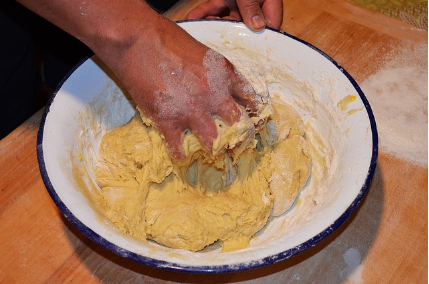
5:The Process of Rising
A well-risen dough is the foundation of a delicious pizza. Put it in a basin that has been oiled, cover it with plastic wrap or a dry kitchen towel, and let it rise for one to one and a half hours, or until it has doubled in size. A great make-ahead alternative for hectic days, you can refrigerate it for 24 hours or even up to 3 or 4 days if you want a deeper taste.
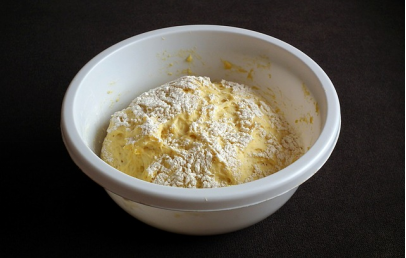
Shaping and Rolling Out
Gently punch down the dough when it has risen, then divide it into parts. Cut it into equal pieces for large pizzas, such as three 9-inch rounds or two 14-inch rounds. Shape smaller balls for 8-inch to 10-inch pizzas or even flatbreads if you like individual rounds. To keep your work surface from sticking, dust it with flour or cornmeal before rolling. The dough can then be manually stretched or rolled into the required form.
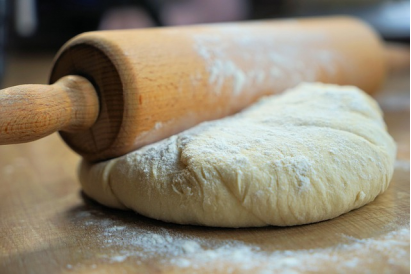
Pre-Baking for a Perfect Crust
Think about pre-baking the dough for three to five minutes if you’re using an oven. This keeps the center of the crust delicate and airy while giving it a crunchy outside. In order to prevent the base from being soggy, this step is especially useful when applying heavy toppings.
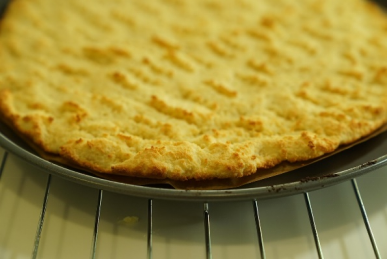
Adaptable Cooking Techniques
This dough is quite versatile for a variety of cooking methods. A pizza stone or steel that has been preheated to 450°F or 500°F is ideal for baking. Put the rolled dough on parchment paper and broil it until it has lovely charred lines if you enjoy grilling. Making smaller portions is a breeze with an air fryer; simply air fry the base to establish the shape, then top and cook. The taste is enhanced by the real wood-fired flavor produced by a pizza oven.
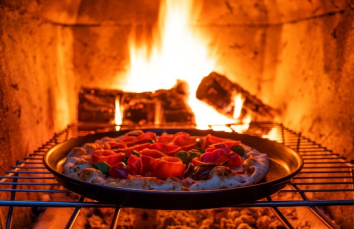
Preparation and Freezing Advice
Even on hectic weeknights, handmade pizza is achievable with careful planning. The dough can be refrigerated for up to 4 days in a covered, oiled bowl, allowing it to come to room temperature before shaping. The pre-baked or mixed dough can be frozen for up to three months in a freezer-safe container after being wrapped in plastic wrap. For optimal results, defrost overnight in the refrigerator before using.
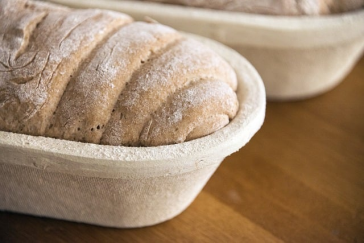
Enhancements and Personalizations of Flavor
While a traditional base is admirable, why not personalize it? Mix in some herbs and spices, such as dried basil, garlic powder, or Italian seasoning. Taste can be improved by using flavored oils, particularly high-quality extra virgin olive oil. Try using other flours, such as spelt or whole wheat, which give your crust a nuttier flavor and a distinctive texture.
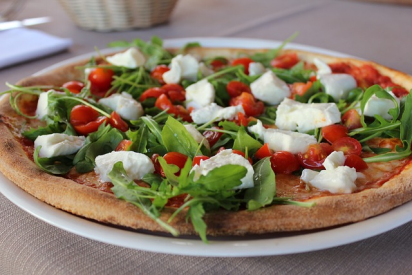
Savor Your Handcrafted Creation
The options are infinite once you have your pizza dough ready. Let your imagination run wild as you decorate it with your preferred cheeses, sauces, and toppings. Pizza prepared from scratch is always a favorite, whether you’re feeding your family or preparing a quick weekday dinner!


Pingback: The Easiest Pizza You’ll Ever Make – Trader Joe’s Sheet Pan Pizza - choosewise.info